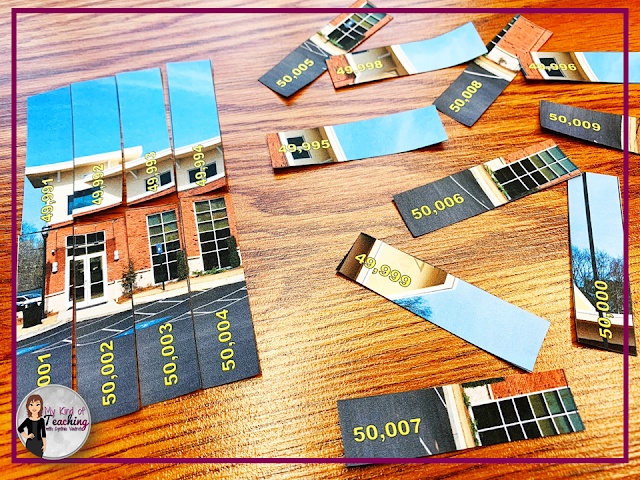

 Multiplication Facts
Multiplication Facts















Critical Thinking



 Multiplication Facts
Multiplication Facts

















Using a calendar to help with time management can be elaborate or simple, expensive or frugal, and anywhere in between. The important thing is to use one that works best for you.
RELATED: Editable Calendars and Newsletters
The main purpose of using a calendar in your classroom is to make your life easier. Planning out your week, month, and year is one of the easiest ways to keep everything running like a well-oiled machine and help with time management in the classroom.
Simply put, a calendar is one of the most efficient classroom management tools at your disposal.
Use these ideas to master your calendar and manage your time for maximum results throughout the year.
1. Map out your year. Pencil in the units you will be teaching this year using your district curriculum map so that you know what you will be teaching and when. It doesn’t have to be elaborate, but putting it down on the calendar will help you with dates.
RELATED: No Prep Centers for August
2. Add important dates, such as holidays, parent conference dates, early release days, etc. During the year, you will be glad to have these details available to you in one central location.
3. Write recurring events, such as monthly faculty meetings, weekly PLC meetings, changes to your daily routine (i.e., library every other Wednesday @ 10:00, etc.).
4. When you get your class list and student information, add your students’ birthdays to your calendar.
RELATED: Morning Tubs Setting the Tone for Success This Year
Now that you have everything that is readily known to you at the beginning of the year in one central location, weekly and monthly planning will be so much easier. You have a roadmap ready to go. Knowing where you are going this school year is a huge stepping stone to maximize time management in your classroom.
Grab a freebie to help you with more time savers with these FREE No Prep Centers!
Helping you work smarter and not harder this year is just...
My Kind of Teaching
